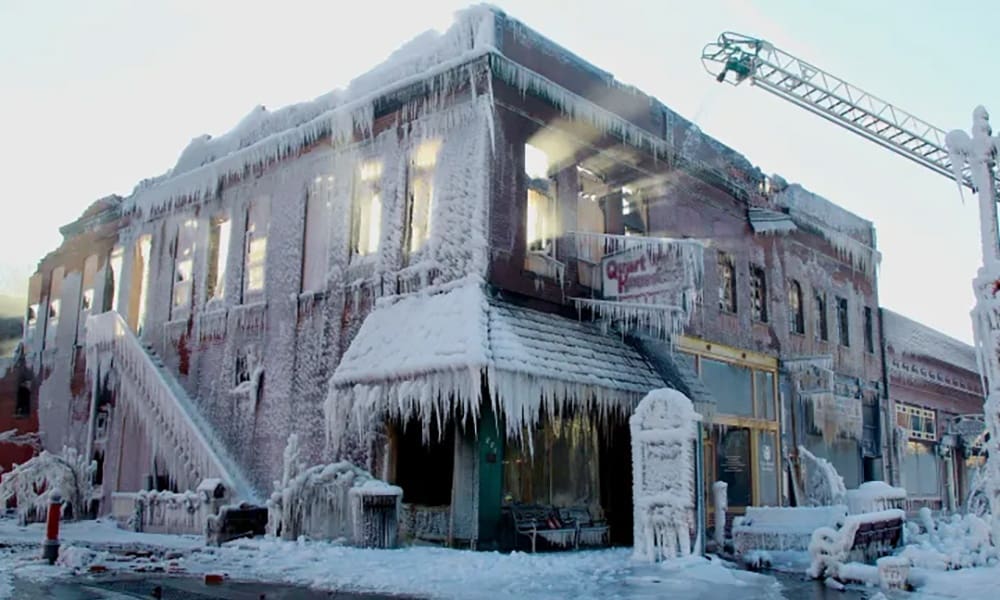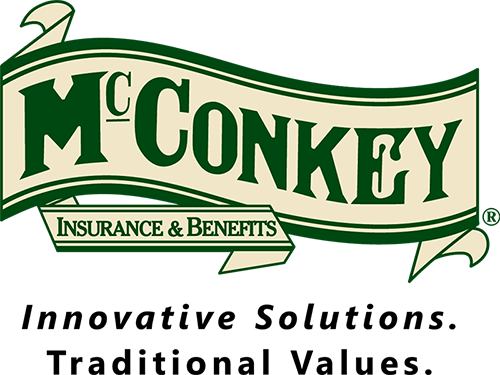
When the “freeze” comes, are you prepared? Protecting your property is a sound risk control practice to help mitigate untimely loss and damage. Utilize this checklist to help you protect your building and equipment.
Building & Equipment
- Ensure building is locked down tight – windows, doors & dampers
- Schedule a building inspection inside and out when you know severe winter storms are coming
- Check overall insulation. Are there unheated areas of the building? If so, are pipes adequately insulated?
- Arrange for snow and ice removal from building and roof, if necessary
- Prepare for flooding from the thaw
- Prepare for power outages – review backup power and perform back-up power start-up checks
- Ensure there is adequate fuel for the generator to operate critical equipment for multiple days
- Unplug unnecessary equipment to prevent voltage surges when power is restored
- Consider installing electric leak detection systems on your water line and near water sources inside
- Closely monitor the temperature inside the building – keep the building at least 55 degrees F.
- Implement Business Continuity Plans
Heating System
- Inspect heating systems to make sure they are all operating properly
- Keep areas around heating systems clear of storage and debris
- Change filters for adequate efficiency in winter months
- Inspect all piping for insulation and replace, if necessary
- Inspect all outside dampers for proper operation
- Inspect and clear all outside vents of ice and snow
- Do you have adequate backup power to maintain heat to your building in the event of power loss?
- Have you planned for portable power/heat if needed to heat critical systems?
IMPORTANT NOTICE – This Guide is provided for informational purposes only and is not intended to be, and should not be, disseminated for other uses. It is not intended to be complete or definitive in identifying all hazards associated with your business, in preventing workplace accidents, or in complying with any safety-related or other laws or legal requirements. Although the information in this Guide is based on sources which are believed to be reliable, the accuracy and suitability for your specific circumstances are not guaranteed. You are encouraged to apply this information only to the extent that it is applicable to the specific hazards of your business. You should consider having all of your company policies and loss control plans reviewed by legal counsel.



